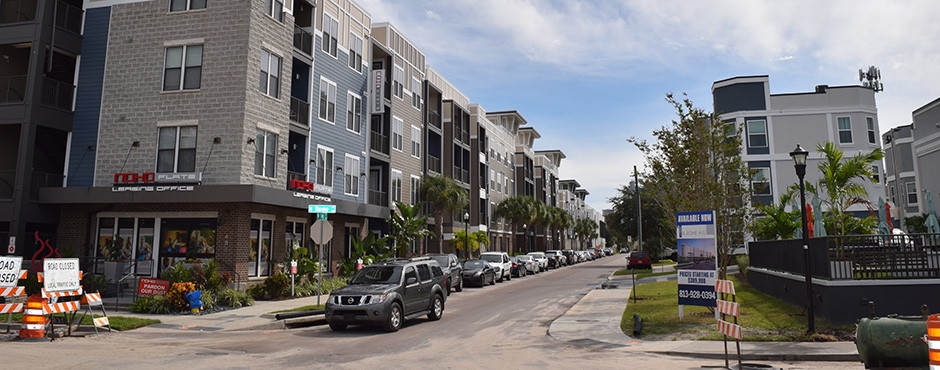 November 2020 – The Bureau of Economics and Business Research (BEBR) recently released the highly anticipated 2020 population estimates by jurisdiction. BEBR was founded in 1930 and, amongst many other things, produces the state’s official population estimates and projections. This is essentially the “soft-opening” of the Census 2020 data release season. As we (can’t!) wait for the release of the bulk of Census 2020 data, here are some thoughts to place these new jurisdiction-level population estimates in their appropriate context.
November 2020 – The Bureau of Economics and Business Research (BEBR) recently released the highly anticipated 2020 population estimates by jurisdiction. BEBR was founded in 1930 and, amongst many other things, produces the state’s official population estimates and projections. This is essentially the “soft-opening” of the Census 2020 data release season. As we (can’t!) wait for the release of the bulk of Census 2020 data, here are some thoughts to place these new jurisdiction-level population estimates in their appropriate context.
In the last decade (2010–2020), nearly a quarter of new county residents moved to the City of Tampa (Figure 3b). That is 64% higher than its share of growth for the previous decade (2000–2010) (i.e., 14.01%) (Figure 1). Except for Tampa, every other jurisdiction grew slower in the last decade. Tampa now has 392,953 residents (Figure 2b). It has been the third most populous city in the state for the last two decades (behind Miami and Jacksonville).
Figure 1. Comparison of the Share of the BEBR Populatoin Growth by Decade


Figure 2a. BEBR Population Estimates by Jurisdiction (Plant City and Temple Terrace)
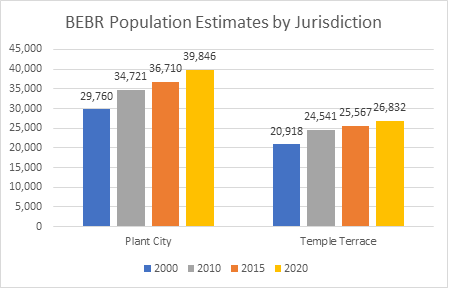
Figure 2b. BEBR Population Estimates by Jurisdiction (Tampa and Hillsborough County)
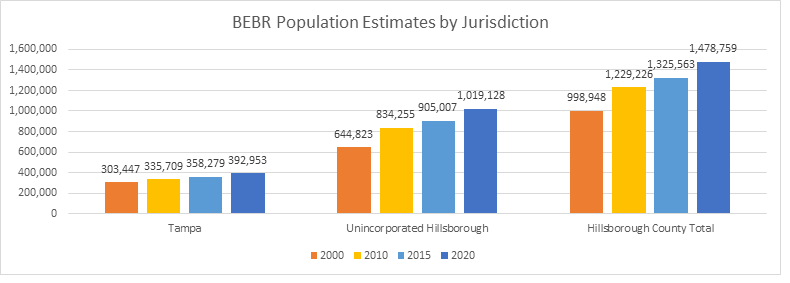
Figure 3a. BEBR Population Growth by Jurisdiction (Plant City and Temple Terrace)
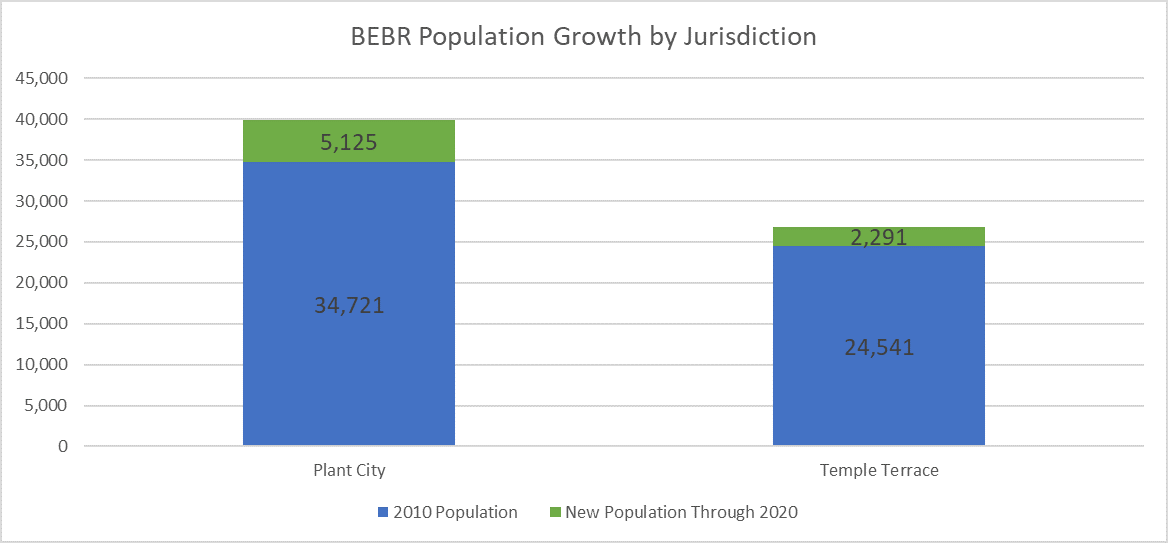
Figure 3b. BEBR Population Growth by Jurisdiction (Tampa and Hillsborough County)
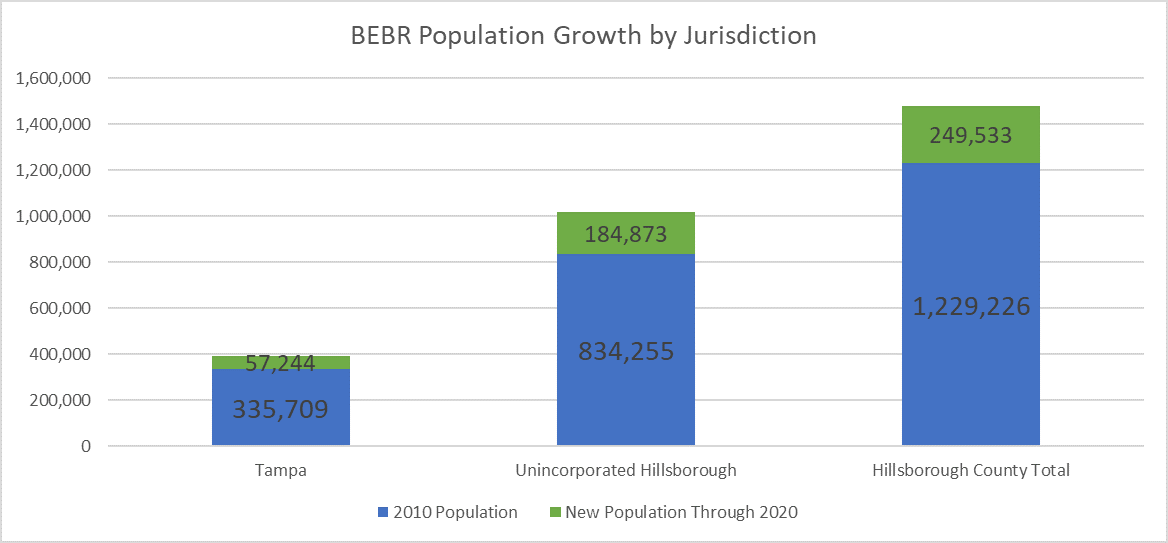
Meanwhile, Unincorporated Hillsborough County is still attracting the lion’s share of new residents. Three quarters of new residents moved there in the last decade. For the first time ever, Unincorporated Hillsborough County’s population exceeds 1 million residents. It has been the second most populous unincorporated area of the state for the last two decades (behind Miami-Dade). Plant City grew 14.76% and now has 39,846 residents. In both decades, it attracted only 2% of new county residents. Temple Terrace, which is nearly built out and prioritizes commercial redevelopment, welcomed 2,291 new county residents (0.92% of new residents). Its 2020 population estimate is 26,832 persons.
Lastly, the countywide population grew 20.30% to nearly 1.5 million residents. In percent growth through the last decade, the county ranked 12th in the state. Hillsborough County has been the 3rd most populous county in Florida for the past 20 years (behind Miami-Dade and Broward). As Census 2020 statistics are released, we hope to explore how population characteristics have changed further.
